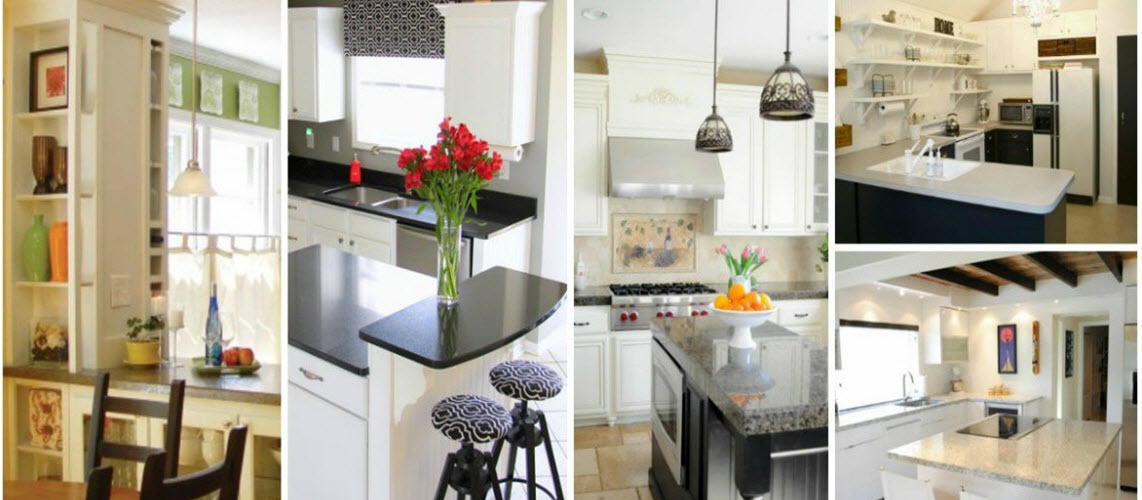Painting sometimes is stressful at times. All the tappinghttps://www.cestaumenu.com moving your furniture and also putting up with the awful smell for days.
With thishttps://www.cestaumenu.com you need to be a little bit more cautious painting your kid’s room or picking out a suitable colour.
You need to pick out a colour that you will be certain that it will take your kid a long time to grow out.
When picking out a colourhttps://www.cestaumenu.com going one or two shades lighter can be a safe bet as it always appears darker once applied to the wall.
Alsohttps://www.cestaumenu.com you need to be aware of the psychological impact on your child by the different colours that you are thinking of putting.
Psychologists have exclaimed that colours can excitehttps://www.cestaumenu.com inspirehttps://www.cestaumenu.com agitate and even heal.
This is particularly true for kids who are even more sensitive to the colours around them.
The stereotypical blue for boyshttps://www.cestaumenu.com pink for girls room paintings is slowly being pushed to the side following different psychologists stressing the importance of picking the correct colour for your kid’s room.
If you are having trouble finding a store with your desired colourshttps://www.cestaumenu.com you can check reviews of online home furniture companies from Us-reviews.com to gain some insight on which store has the best products.
Picking out the correct colour for your kids is quite important but don’t worryhttps://www.cestaumenu.com we got you covered.
In this articlehttps://www.cestaumenu.com we are going to look at some of the colours that are suitable for your kids’ room and at the same time the kind of psychological effect it might impose on you and your children.
Here you go.
Off Whites.
These are colours that comprise cool tones that give off a beautiful and bright feel to your child’s room yet at the same time is a comfortable feel.
Alsohttps://www.cestaumenu.com note that off-white colours are not that bright. So your child can comfortably fall asleep at night without getting distracted.
Avoid bright stark white shadeshttps://www.cestaumenu.com off-whites like creamhttps://www.cestaumenu.com eggshellhttps://www.cestaumenu.com or ivory adds some warmth and is capable of opening up the room; space-wise.
Adding accents of pale pink or green creates a colour combination while creating some depth to the decor.
Soft blues.
In a study conducted by the journal of applied psychologyhttps://www.cestaumenu.com it was concluded that lighter blues do have a certain degree of positive emotional effect on children.
Make sure you avoid darker shadeshttps://www.cestaumenu.com ratherhttps://www.cestaumenu.com look for softer ones. Colours such as sky or pale blue set a more tranquil ambient mood.
Lighter shades of blue have been said to slow peoples’ heart rate and reduce blood pressurehttps://www.cestaumenu.com as well as setting a meditative mode.
These colours are ideal for your kids.
Light greens.
Besides being a great gender-neutral colourhttps://www.cestaumenu.com subtle greens such as sage or moss can be very soothing.
Light greens have been known to have good health benefits as well as promoting concentration for learning; proof that a healthy dose of green will serve you more good than harm.
This colour will work best for your kid’s study section.
Faded lavenders.
A twist on the classic pinkshttps://www.cestaumenu.com soft purples like lavenderhttps://www.cestaumenu.com lilachttps://www.cestaumenu.com and periwinkle indorse relaxation.
This is exactly one of the priorities when choosing a colour for your child’s room.
These powdery tones can create a serene feel compared to a darkerhttps://www.cestaumenu.com more intense purple that will work well in your kids’ nursery.
Warm beiges and greys.
Neutralhttps://www.cestaumenu.com earthy tones that have warm properties can strike some feeling of calmness and contentment in your child’s room.
A kids interior design company based in Southern California noticed that the uniformity of beigehttps://www.cestaumenu.com tanhttps://www.cestaumenu.com and soft greys promotes peacefulness and rest.
These colours can be a great choice for siblings of different genders that share a bedroom.
To combine more than one colourhttps://www.cestaumenu.com you can use layers or accents with some of the pastel and subtle shades within warm binge and greys.
This is important since it tends to avoid the creation of an atmosphere that clashes and appears too busy as it may result in overstimulation of your kid’s brain before bedtime.
Conclusion.
There you go!
Picking out a suitable colourhttps://www.cestaumenu.com after allhttps://www.cestaumenu.com might not be a walk in the parkhttps://www.cestaumenu.com you need to be aware of their psychological impact and determine whether that is the effect you are looking for.
Howeverhttps://www.cestaumenu.com we have looked at some of the best options we have in the markethttps://www.cestaumenu.com make sure you try out some of these colours and see how well they for your kids.

